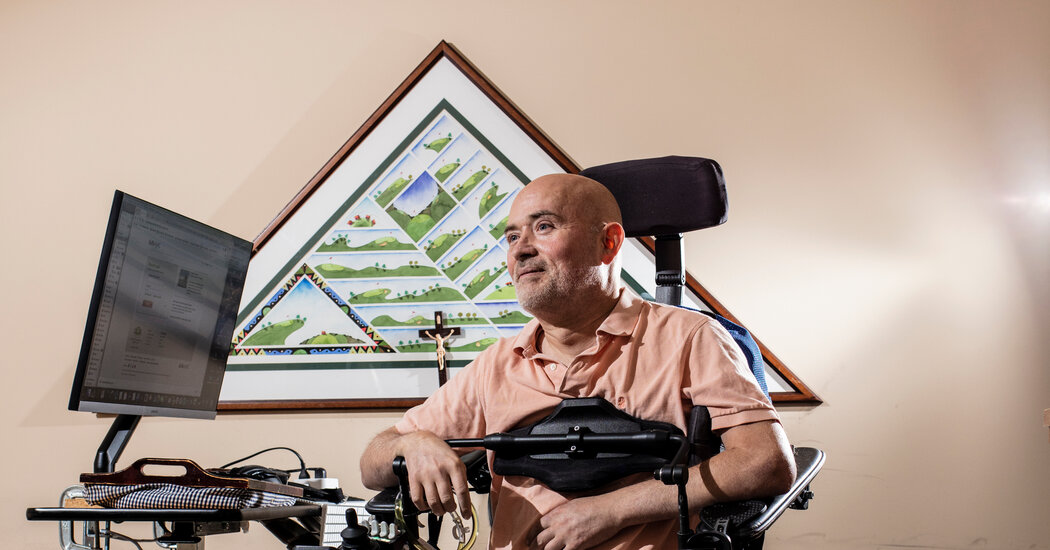
Before she became eligible for Medicare, Deborah Rosenwinkel, who lives in Wheaton, Ill., and has rheumatoid arthritis, used a manufacturer’s discount card for Enbrel, a biologic she injected at home once a week. The $12,000 card covered her deductible and co-payments, while her individual insurance policy picked up the balance, of up to $80,000 a year.
But when Ms. Rosenwinkel turned 65 last February and enrolled in Medicare, she was no longer eligible for the card. Even when a Medicare Part D plan covers Enbrel, annual co-payments could run as much as $7,000.
Ms. Rosenwinkel’s rheumatologist advised her to switch drugs. Because the new medication is injected monthly in the physician’s office, it falls under Medicare Part B, which covers outpatient services. Medicare and her private Medigap plan cover the total cost. “I have not received any bills,” she said. “I am so grateful.”
The price tags for wheelchairs, patient lifts and other durable medical equipment also can be steep. Medicare pays 80 percent if the doctor and supplier are enrolled in the program. Disease-specific organizations or local aging organizations may be able to recommend nonprofit groups that provide free or discounted equipment.
Mr. Schwartz’s wheelchair cost $30,000, with a $6,000 co-payment. But Medicare did not cover a standing frame, which improves muscle and bone strength by enabling users to stand with support. To help pay for the $15,000 device, he raised more than $10,000 in a GoFundMe campaign.
Another source of financial help: tax write-offs. Taxpayers can deduct medical expenses that exceed 7.5 percent of adjusted gross income. Among eligible costs: drug expenses, home improvements such as support bars, assisted-living charges, and medical equipment. To take advantage of the deduction, people who have large medical bills should consider tapping sources of taxable income, such as an individual retirement account, Dr. McClanahan said.
While he deals with his own physical and financial challenges, Mr. Schwartz helps raise money for others with multiple sclerosis. Over 10 years, first for the Myelin Repair Foundation and then for the MS Society, he has made six tandem sky-diving jumps. He hopes to jump again in June.
“People say I am amazing, and it feels good for people to tell you how great you are,” he said.



